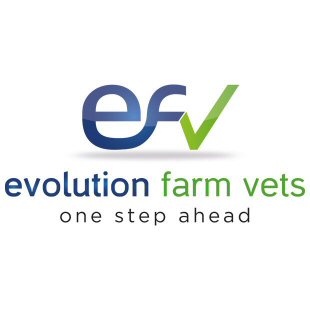Ringworm is a skin disease caused by fungi called dermatophytes which invade keratinised tissues (hair, skin & claws). In healthy adult animals the disease is usually self-limiting and causes little to no permanent damage, however animals seen to have active ringworm may be denied entry to sales or shows. It is important to note that this is a zoonotic disease so people handling affected animals should wear gloves to prevent transmission.
Causes
The most common cause of ringworm in cattle is Trichophyton verrucosum, although several fungal species have been identified. Ringworm is spread by spores from the fungus which can be transmitted by direct contact and by fomites, as well as being able to survive in a dry environment for several months.
Clinical signs
- Characteristic nonpruritic circular patches of hair loss and scaling
- Can range from small, discrete affected area to extensive lesions
- Calves - usually around the eyes and sometimes ears
- Cows and heifers - usually on the chest and legs
- Bulls - usually on the dewlap
Diagnosis is usually made upon recognition of the characteristic lesions, although more specific laboratory tests are available. Clinical suspicion can be supported by examining hair or skin scrapes under a microscope to identify fungal spores or hyphae.
Treatment
Ringworm will usually heal without treatment if given enough time. However, in the interests of reducing spread to other animals and humans, topical treatments can be given. For best results, thick crusts should first be gently removed with a brush to allow for better penetration. The removed material should be burned or disinfected to avoid contaminating the environment. Several effective sprays and washes are available including enilconazole and natamycin.
Prevention
A strict cleaning and disinfection protocol is usually recommended to help reduce the incidence of ringworm within a herd. A vaccine against Trichophyton verrucosum is also available which, when combined with good hygiene can eradicate ringworm from a herd, reducing transmission between herds and to humans.
